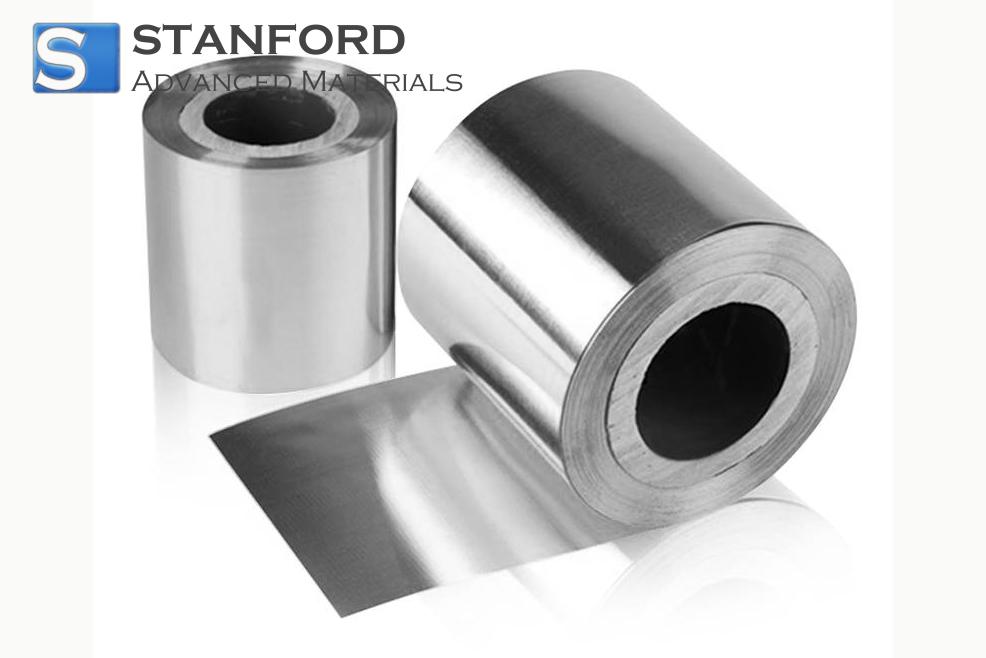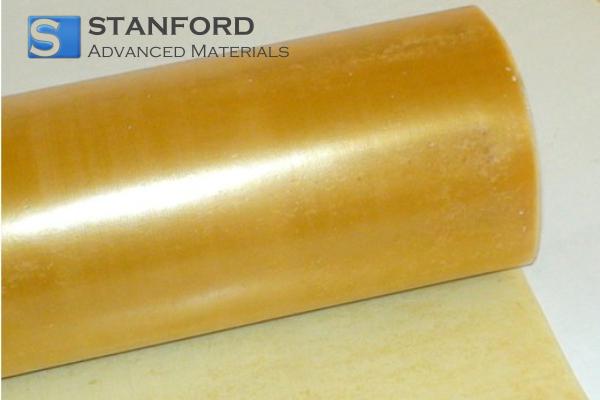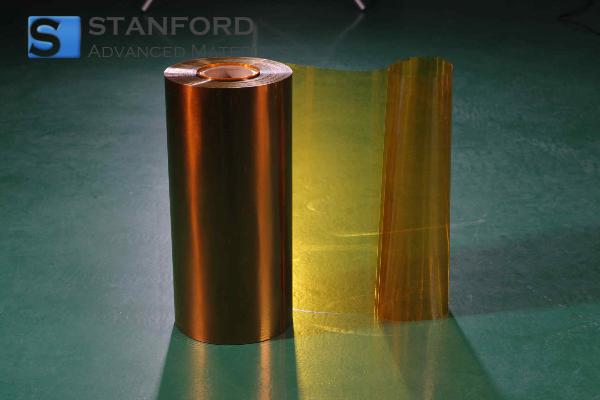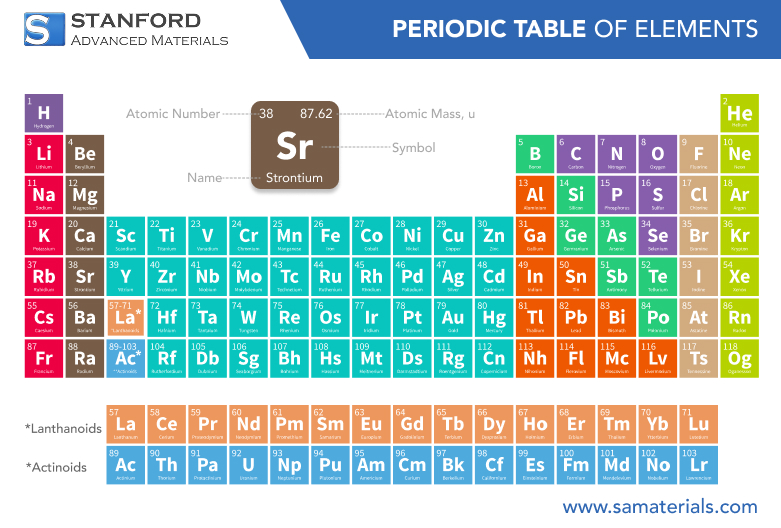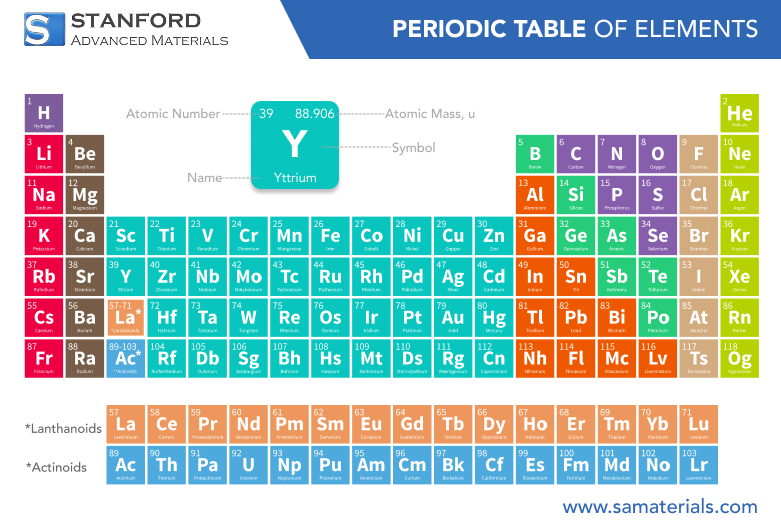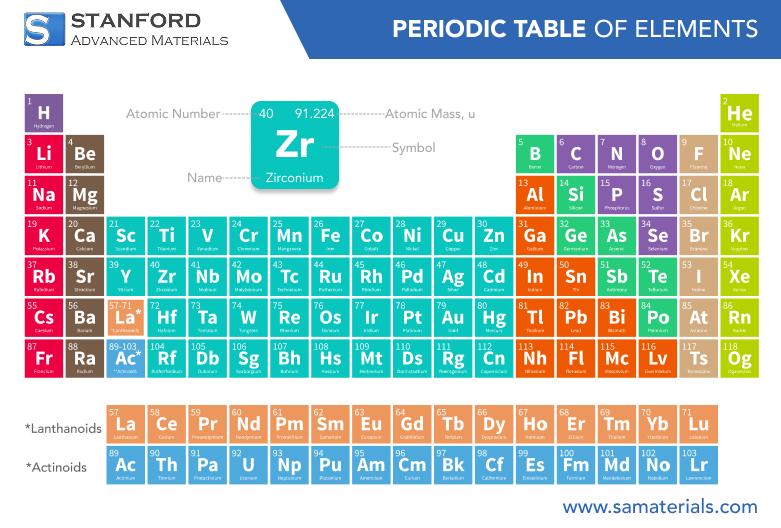Titanium: Element Properties and Uses
Description
Titanium is a strong, lightweight, and corrosion-resistant metal. It is widely used across various industries due to its durability and versatility in challenging environments.
Introduction to the Element
Titanium (Ti), with atomic number 22, is a transition metal known for its remarkable strength-to-weight ratio, resistance to corrosion, and high melting point. Titanium naturally occurs in the Earth’s crust, mainly in the minerals rutile and ilmenite. It is widely used in applications where strength, low density, and corrosion resistance are critical, including aerospace, medical devices, and military equipment.
Chemical Properties Description
Titanium is a highly reactive metal, particularly at elevated temperatures. It forms a thin, stable oxide layer on its surface that protects it from further oxidation and corrosion. This oxide layer gives titanium its exceptional resistance to rust and other forms of corrosion, even in harsh environments like seawater and acidic solutions. Titanium is not affected by most acids, though it can react with chlorine, nitrogen, and oxygen at high temperatures.
Titanium also reacts with halogens like fluorine and chlorine, forming titanium halides. It is known to form strong bonds with carbon, nitrogen, and hydrogen, making titanium alloys useful in various applications. Its ability to withstand high temperatures without degrading is another important chemical property, making it ideal for high-performance engineering tasks.
Physical Properties Data Table
Property | Value |
Atomic Number | 22 |
Density | 4.54 g/cm³ |
Melting Point | 1,668°C (3,034°F) |
Boiling Point | 3,287°C (5,949°F) |
Tensile Strength | 434 MPa |
Young's Modulus | 116 GPa |
Thermal Conductivity | 21.9 W/m·K |
Electrical Resistivity | 4.2 × 10⁻⁷ Ω·m |
Color | Metallic white |
Titanium’s low density compared to other metals, like steel, makes it an ideal material for applications requiring a balance of lightness and strength. Its high melting point and resistance to wear and corrosion enhance its utility in aerospace and industrial fields. For more information, please check Stanford Advanced Materials (SAM).
Common Uses
Titanium is utilized across a wide range of industries due to its unique combination of strength, lightweight, and corrosion resistance. Some common uses include:
- Aerospace: Titanium is used in the construction of aircraft frames, jet engines, and spacecraft due to its strength-to-weight ratio and high-temperature resistance.
- Medical: Titanium is biocompatible, making it a preferred material for implants, prosthetics, and surgical instruments.
- Marine: Due to its corrosion resistance, titanium is used in the construction of boats, submarines, and other marine vessels.
- Automotive: In the automotive industry, titanium is used in high-performance parts, including engine components and exhaust systems.
- Sports Equipment: Titanium is employed in making lightweight and durable sports equipment such as golf clubs, bicycles, and tennis rackets.
Preparation Methods
Titanium is typically extracted from its ores, primarily rutile (TiO₂) and ilmenite (FeTiO₃), using a process known as the Kroll process. This process involves the reduction of titanium tetrachloride (TiCl₄) with magnesium in an inert atmosphere, yielding pure titanium metal. The Kroll process is expensive but highly effective for producing high-purity titanium suitable for industrial use.
An alternative method is the Hunter process, which uses sodium as a reducing agent, although it is less common than the Kroll method.
Related Industrial Products
Titanium is used in various alloys and products designed for specialized applications. These include:
- Titanium Alloys: Alloys like Ti-6Al-4V (which includes aluminum and vanadium) are frequently used in the aerospace industry.
- Titanium Dioxide: A white pigment used in paints, coatings, and plastics due to its opacity and brightness.
- Titanium Coatings: Applied to steel and other metals to enhance corrosion resistance, especially in marine and chemical processing applications.
Frequently Asked Questions
What are the key benefits of titanium?
Titanium is valued for its high strength-to-weight ratio, corrosion resistance, biocompatibility, and resistance to high temperatures, making it ideal for aerospace, medical, and marine applications.
What is the main method of producing titanium?
Titanium is mainly produced through the Kroll process, which reduces titanium tetrachloride (TiCl₄) with magnesium. This is the most widely used method for producing high-purity titanium.
Why is titanium used in medical implants?
Titanium is biocompatible, meaning it does not cause adverse reactions in the body. Its strength, durability, and corrosion resistance make it ideal for implants like hip replacements and dental fixtures.
How does titanium resist corrosion?
Titanium forms a protective oxide layer on its surface that prevents further oxidation. This oxide layer makes titanium highly resistant to corrosion, even in aggressive environments such as seawater and acidic conditions.
What industries use titanium?
Titanium is used in aerospace, medical devices, marine, automotive, and sports equipment industries, owing to its lightweight, high strength, and corrosion resistance.

